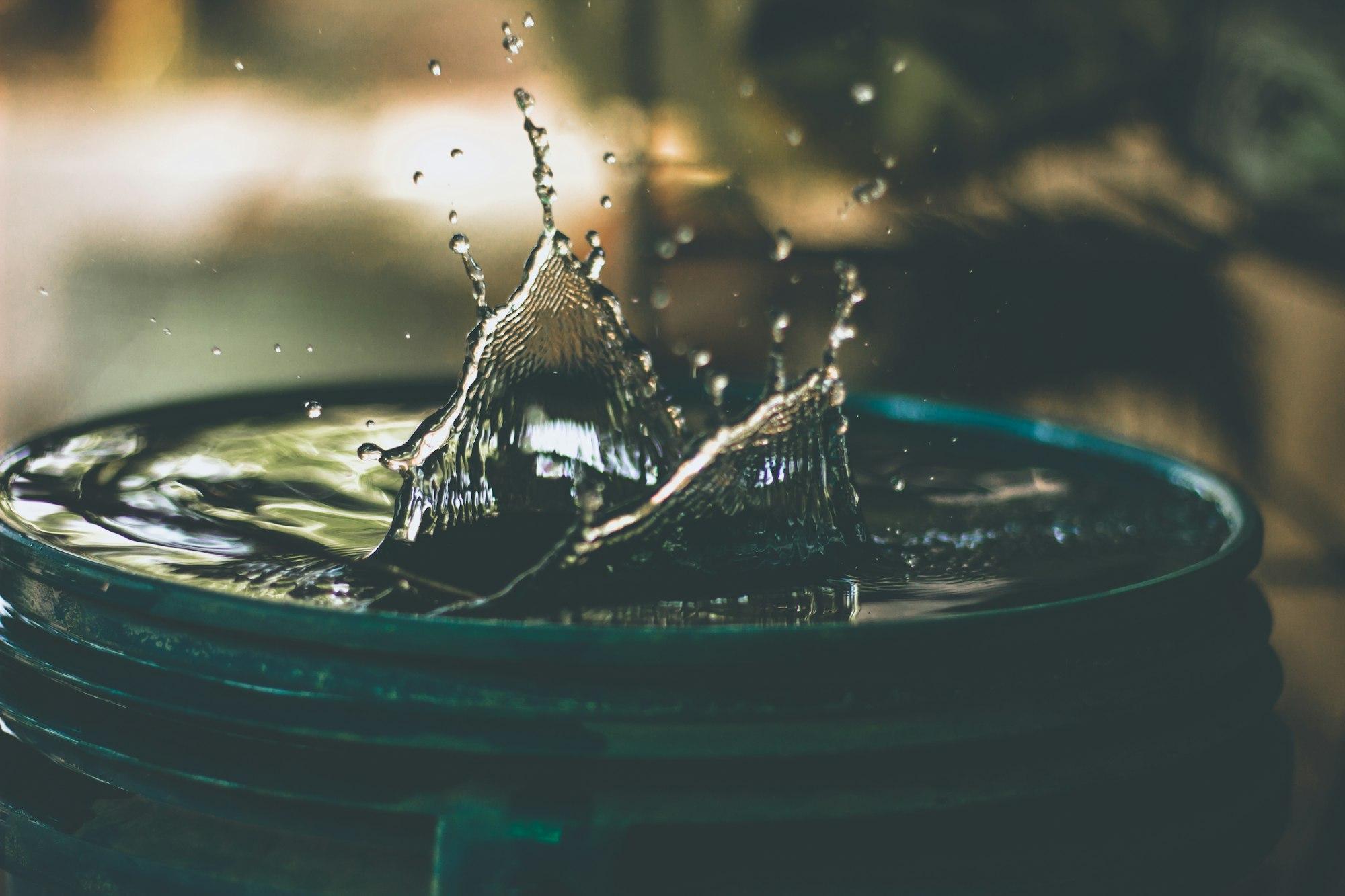Pro Guide to Water Damage Restoration
Water damage restoration involves stopping water intrusion, sanitizing contaminants, and repairing affected areas to prevent further damage and health risks.

Photo by Amritanshu Sikdar
Water damage in a home or building can stem from something as small as a minor leak to as severe as major flooding. Left unaddressed, it can lead to structural problems, health hazards like mold growth, and costly repairs down the line. Understanding the steps involved in water damage mitigation, remediation, and restoration helps property owners handle these situations more efficiently, ensuring a safer, drier home.
If you’re considering updates or renovations after addressing water damage, it’s also wise to be aware of potential hazards. For more information, review how to identify potential hazards in your home renovation so you’re better prepared to rebuild safely and responsibly.
Understanding Water Damage Categories
The Institute of Inspection, Cleaning and Restoration Certification (IICRC) categorizes water damage by the level of contamination and risk:
- Clean Water (Category 1): Comes from sources like broken supply lines or rainwater. Easily dried or replaced without serious health concerns.
- Gray Water (Category 2): May include water from dishwashers, washing machines, or baths. Contains bacteria or mold that can cause discomfort or illness.
- Black Water (Category 3): Highly contaminated water potentially containing sewage, toxins, or pathogens. Requires thorough disinfection and sanitation.
Each category demands different cleanup methods, with Category 3 typically being the most complex and hazardous.
Mitigation, Remediation & Restoration
Water damage resolution involves three key stages, sometimes overlapping:
- Mitigation:
The first step, focusing on stopping the flow of water, removing standing water, and preventing further damage. This may include:- Extracting water with pumps and dehumidifiers
- Removing damaged materials (e.g., soaked carpets, swollen floorboards)
- Boarding up windows or laying tarps to secure the property
- Remediation:
After the immediate threat is contained, remediation tackles cleaning, drying, and sanitizing salvageable materials. It also involves removing materials that can’t be saved, like mold-infested drywall or severely warped wood. - Restoration:
Once mitigation and remediation are complete, restoration involves repairing and returning the property to its pre-damage condition. This may include:- Replacing drywall, flooring, or shingles
- Refinishing damaged wood surfaces (For more guidance, see how to care for wood furniture if you need to restore water-affected wooden pieces.)
- Confirming the area is thoroughly dried and testing for moisture to prevent future mold growth
Costs and Considerations
- Mitigation Costs:
Ranging from $1,300–$5,200, with black water mitigation potentially twice as expensive as clean water scenarios. - Restoration Costs:
Can vary widely. Simple fixes cost a few hundred dollars, while extensive reconstruction or remodeling can run into tens of thousands.
Factors that influence costs include:
- The category of water damage
- The extent of the affected area
- The materials involved (e.g., hardwood floors vs. carpeting)
- The age and structure of the property
Tips for Effective Water Damage Handling
- Safety First:
Shut off electricity in affected areas to prevent electrocution. Keep people and pets away from contaminated spaces. - Act Quickly:
Prompt mitigation and remediation reduce the risk of mold growth, permanent structural damage, and escalating repair costs. - Document Everything:
Photograph damaged areas before cleanup for insurance claims. - Check Moisture Levels:
Use a moisture meter to ensure surfaces are fully dry before restoring walls, ceilings, or floors. - Consider Upgrades:
When replacing materials, opt for water-resistant options like waterproof flooring or mold-resistant drywall.
Moving Forward
Effective water damage restoration requires swift action and careful planning. By understanding the categories of damage, following the proper sequence of mitigation, remediation, and restoration, and knowing when to consult professionals, you can help ensure a successful recovery process. With the right approach, your home or building can return to its original condition—or even emerge safer and more resilient than before.
Quick facts
Can water damage be fixed in a house?
Yes, water damage can be repaired by identifying the source, removing water, drying the area, and repairing or replacing damaged materials.
What should I do immediately after water damage?
Immediately after water damage, turn off the water source, remove standing water, and contact a professional restoration service to assess the situation.
What is the difference between water restoration and remediation?
Water restoration focuses on repairing and restoring damaged areas, while remediation involves stopping and cleaning up harmful substances like mold caused by water damage.
What happens if water gets in your walls?
If water gets in your walls, it can cause structural damage, mold growth, and a weakening of materials. Prompt drying and repairs are necessary to prevent further issues.
How to know if water damage is serious?
Serious water damage often shows signs like mold, structural instability, discoloration, and lingering odors. A professional assessment can determine the extent of the damage.
What is the definition of water damage?
Water damage refers to the destruction caused by water intruding into a property, affecting materials and creating risks like mold, rot, and structural issues.
What is the meaning of water mitigation?
Water mitigation is the process of reducing and preventing further water damage by removing water, drying affected areas, and addressing the source of the problem.
How do you mitigate water?
To mitigate water damage, stop the source, remove excess water, dry the area using dehumidifiers and fans, and repair or replace damaged materials.
What is the difference between mitigation and remediation of water damage?
Mitigation focuses on preventing further damage, while remediation addresses and removes contaminants like mold caused by water exposure.
What is the difference between mitigation and restoration?
Mitigation involves immediate measures to prevent further damage, while restoration focuses on repairing and returning the property to its pre-damage condition.
Irina Calin
Software Engineer at Spoken
Irina is a developer at Spoken. She is passionate about design, loves curating & collecting photography of all sorts and is a big fan of colorful decor. She says it matches her personality. Her favourite furniture piece is the Camaleonda Sofa by Mario Bellini.
Read more